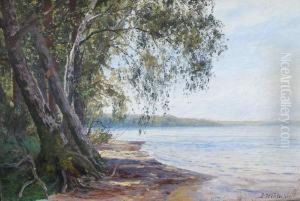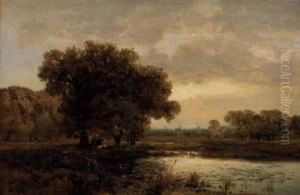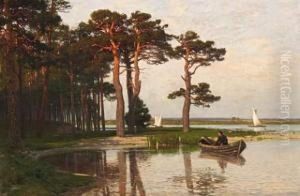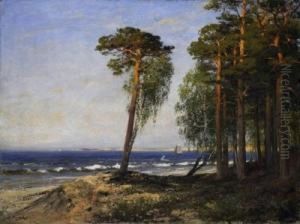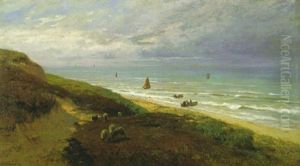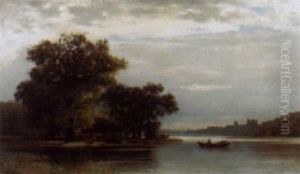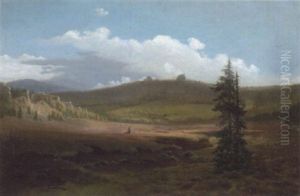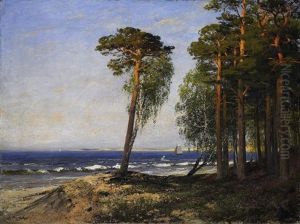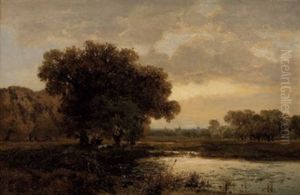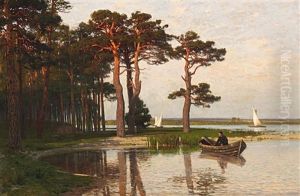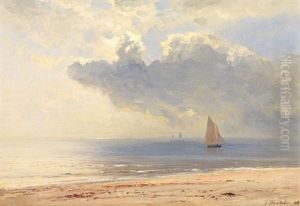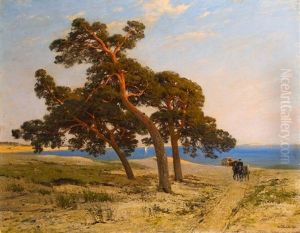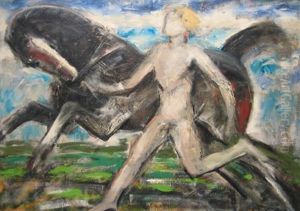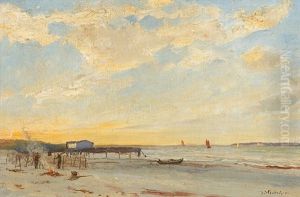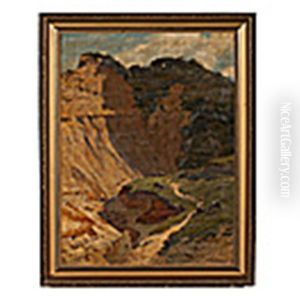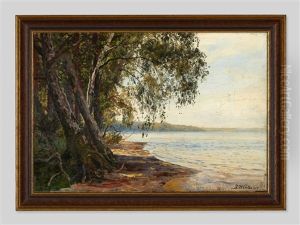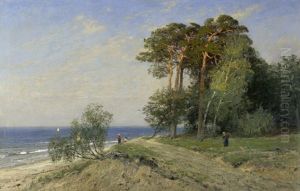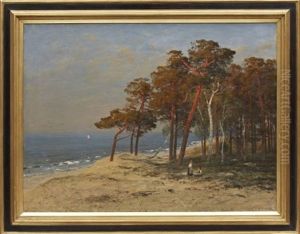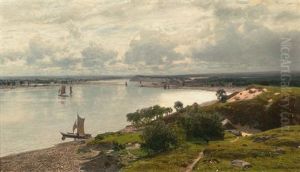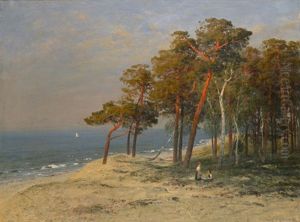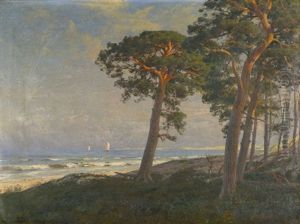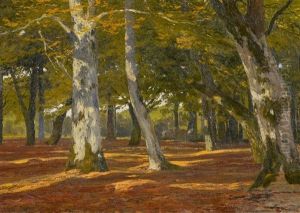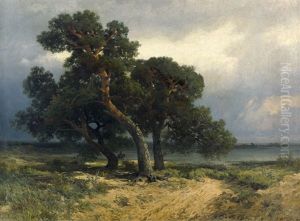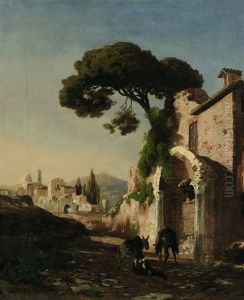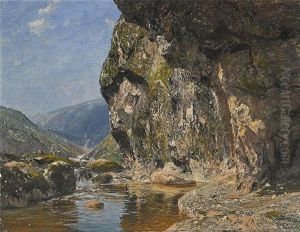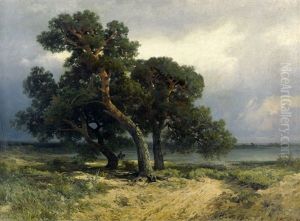Julius Wentscher Paintings
Julius Wentscher was a German painter known for his contribution to the field of arts in the late 19th century. Born on May 31, 1860, in Breslau, which was then part of Prussia and is now Wrocław, Poland, Wentscher developed an interest in art at a young age. He pursued his passion by studying at various art institutions including the Royal Academy of Arts in Berlin, where he was instructed by renowned artists of the time.
Wentscher's work is characterized by its detailed realism, often focusing on landscapes and genre scenes. He was a part of the German art movement known as the 'Munich School', which was a loose grouping of artists in the 19th century who had been trained or influenced by the Royal Academy of Fine Arts in Munich. This movement was known for its artistic innovation and played a significant role in shaping the future of German art.
Throughout his career, Wentscher exhibited his works at various prestigious art venues, including the Great Berlin Art Exhibition. His paintings were well-received, and he gained recognition amongst his peers and art enthusiasts. Despite his success, Julius Wentscher's life and career were cut short when he died on December 3, 1904, in Munich, Germany.
Wentscher's artistic legacy continued after his death, with his works being displayed in art galleries and museums, preserving his contribution to the German art scene of his era. Though not as widely known today as some of his contemporaries, Wentscher's meticulous landscapes and genre paintings remain a testament to his skill and dedication to the realist tradition in art.
